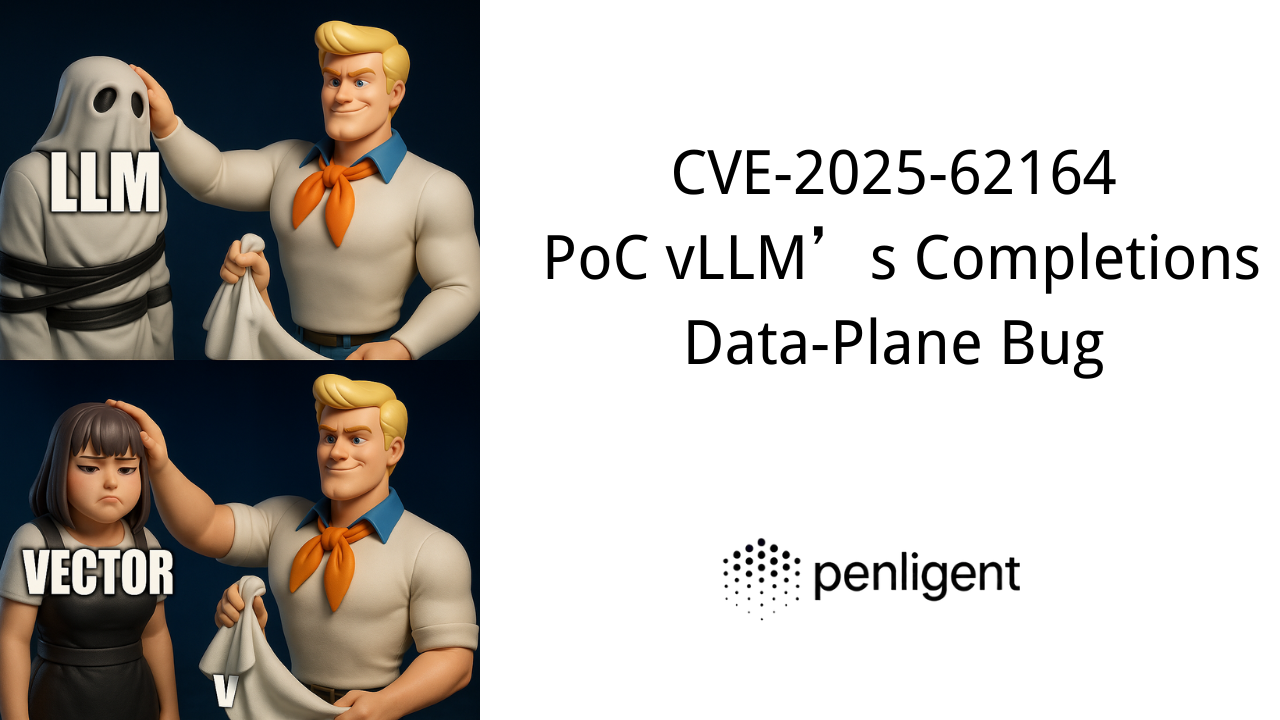1. Lead: The Outage Happening Now
On November 18, 2025, Cloudflare is experiencing a system-level outage affecting services worldwide.
A large number of websites, APIs and applications that rely on Cloudflare — from financial services to social media, from developer platforms to internal enterprise tools — are encountering access interruptions, resolution failures, request timeouts, and other issues within a short time window.
Monitoring data shows:
- Global CDN edge node responsiveness has dropped by more than 70%;
- DNS query failure rate briefly exceeded 45%;
- Some regions (including North America, Europe and East Asia) experienced near-“global access outages.”
Cloudflare’s official teams are working on recovery, but this event has become another major infrastructure crisis for the global Internet in 2025.
It not only exposes the concentration risk of a single cloud security and acceleration platform, but also reminds us again that:
In an increasingly interconnected networked world, the failure of any centralized node can become the epicenter of a global Internet shock.

2. Key Events in 2025: A Series of Infrastructure Shocks
The year 2025 is not an isolated year of failures but a concentrated period of Internet architecture risk.
From March through November, Cloudflare experienced three major outages.
(1) March 2025: R2 Object Storage Outage
- Duration: 1 hour 7 minutes
- Scope: Global 100% write failures, 35% read failures
- Direct consequence: Multiple developer platforms and cloud databases experienced interrupted data writes
- Technical cause: Storage index lock-up + automatic recovery mechanism failure
Key insight: Configuration errors at the logical layer are often more destructive than hardware faults — they are harder to detect and to recover from.
(2) June 2025: GCP Incident Triggering Global Cascading Outage
- Root cause: Global failure of Google Cloud Platform (GCP) IAM (Identity and Access Management) service
- Cascading chain:
- GCP IAM failure → Cloudflare service authentication/validation failures
- Cloudflare outage → ~20% of global Internet traffic disrupted
- Affected services included: Cursor, Claude, Spotify, Discord, Snapchat, Supabase, etc.
- Duration: about two hours
Global nature: This incident exemplifies the risks of “cloud platform dependency chains” — a single IAM failure evolved into a worldwide network shock within hours.
(3) November 2025: The Ongoing Outage
- Manifestations:
- Edge node response anomalies, DNS query failures, WAF policy failures;
- TLS handshake interruptions, with HTTPS traffic in some regions fully halted;
- API services, object storage, and cache synchronization are all broadly affected.
- Preliminary analysis:
- Control-plane configuration distribution anomalies causing routing loops;
- Automatic rollback mechanisms did not trigger in time;
- Global load-scheduling system entered a “synchronization deadlock.”
Trend: The depth and breadth of this failure far exceed previous localized outages — it is a typical “full-stack infrastructure event.”
3. Historical Review: Cloudflare Incident Evolution (2019–2025)
| Time | Primary Cause | Duration | Scope | Caractéristiques |
|---|---|---|---|---|
| July 2019 | WAF rule misconfiguration | 30 minutes | Global | Erroneous automated push |
| October 2020 | BGP routing anomaly | Several hours | Europe, Asia | External route hijack |
| June 2022 | Data-center network topology update failure | 1 hour | 19 major nodes | Localized collapse |
| March 2025 | R2 object storage lock-up | 1 hour 7 minutes | Global | Complete write failures |
| June 2025 | GCP IAM cascading failure | ~2 hours | Global | Amplified cross-cloud dependency |
| Nov 2025 | Global configuration sync failure | Ongoing | Global | Multi-layer systemic collapse |
Trend insight: From 2019 to the present, Cloudflare’s risk profile has evolved clearly from “single-point errors” toward “systemic dependency-chain collapses.”
4. Impact Analysis: The Domino Effect of the Internet’s “Invisible Infrastructure”
(1) Enterprise level
- SaaS, payment, and API gateway services interrupted across the board;
- Microservice communications in cloud-native architectures disrupted;
- Business continuity severely impacted.
(2) End-user level
- Websites and apps fail to load;
- DNS resolution errors cause “apparent-dead” states;
- User privacy and security risks increase (due to temporary fallbacks to untrusted nodes).
(3) Industry-level
- Financial sector: Payment delays and higher order failure rates;
- Content services: CDN cache invalidation and interrupted video playback;
- Government & education: Public portals become inaccessible, impeding information delivery.
Essence: A single core service outage can trigger a global digital supply-chain “domino effect.”
5. Root Causes: Concentration, Complexity and the Compounding Risk of Automation
| Risk Type | Typical Manifestation | Exemple | Core Problem |
|---|---|---|---|
| Automation risk | Mis-pushed configurations spread rapidly | 2019, 2022, Mar 2025 | Lack of multi-layer verification |
| Control-plane risk | IAM / configuration sync failures | Jun 2025, Nov 2025 | Inability to isolate failures locally |
| Architectural centralization | Single platform carrying many service layers | All incidents | Single-point failures amplified |
| Monitoring & rollback lag | Delayed detection, slow recovery | Multiple incidents | Lack of automated self-healing |
6. Systemic Defense Recommendations
(1) Multi-layer redundancy and de-centralized architecture
| Layer | Strategy | Implementation Notes |
|---|---|---|
| DNS layer | Multi-vendor parallel (Cloudflare + Route 53 + NS1) | Automated health checks and weighted failover |
| CDN layer | Multi-CDN aggregation (Cloudflare + Fastly + Akamai) | Anycast dynamic traffic steering |
| Security layer | Cloud and on-prem WAF dual-control | Prevent full exposure when cloud-side fails |
| Data layer | Multi-region, multi-cloud redundancy | Automated backups and cross-region recovery |
(2) Automated security & stability assessment (Penligent model)
Des outils comme Penligent can be used to:
- Simulate high load and node failures;
- Automatically detect configuration dependencies and loops;
- Identify coupling risks with external cloud services;
- Generate real-time “infrastructure resilience scores.”
Goal: Shift detection earlier — enable “predictive defense” and “self-validating architectures.”
(3) Chaos engineering and observability
- Regularly inject controlled failures to validate self-heal processes;
- Build real-time observability metrics (latency, packet loss, circuit-breaker rates);
- Establish a “resilience dashboard” to fold infrastructure health into enterprise KPIs.
7. Strategic Takeaways: From “Fault Prevention” to “Systemic Collapse Prevention”
- Decentralized governance: Reduce the concentration of critical Internet services.
- Trusted routing framework: Accelerate deployment of RPKI and DNSSEC.
- AI-driven verification: Use machine learning to identify risky configuration patterns.
- Disaster-recovery coalitions: Build cross-cloud, cross-industry disaster resource pools.
8. Conclusion: Resilience Is the Internet’s Foundational Competitive Edge
The sequence of Cloudflare incidents in 2025 shows that the Internet’s fragility is no longer a single-company problem but a structural risk for the entire digital ecosystem.
Future competition will not be defined by speed alone, but by the ability to recover from failures.
Only through decentralization, multi-redundancy, automated verification, and continuous disaster readiness can the Internet achieve a truly “self-healing infrastructure.” Cloudflare’s ongoing outages are more than a technical crisis — they are a systemic warning about centralized Internet architectures. We must rebuild trust, reconstruct resilience, and rethink the Internet’s foundational infrastructure.
Appendix: Major Cloudflare Outage Timeline (2019–2025)
| Time | Type | Cause | Duration | Scope |
|---|---|---|---|---|
| 2019.07 | Global outage | WAF rule error | 30 minutes | Global |
| 2020.10 | BGP anomaly | Routing error | Several hours | Europe, Asia |
| 2022.06 | Network topology update error | Configuration failure | 1 hour | 19 cities |
| 2025.03 | R2 object storage lock-up | Index error | 1 hour 7 minutes | Global |
| 2025.06 | GCP cascading failure | IAM anomaly | 2 hours | Global |
| 2025.11 | Global config sync collapse | Control-plane failure | Ongoing | Global |


